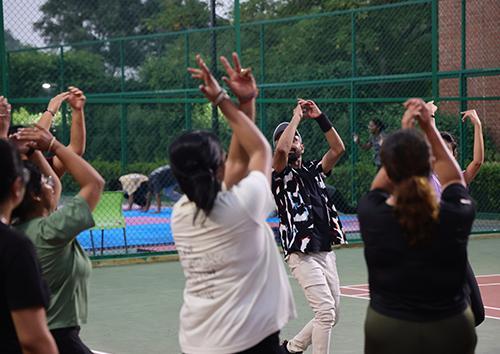O.P. Jindal Global University offers programmes in diverse fields such as Law, Business, Liberal Arts, Psychology, Economics, Media, Journalism, Architecture, Design, Banking, Finance, Environment, Public Policy, Public Health, Languages, and International Relations. Our courses are designed to meet students' academic and professional needs through interdisciplinary learning and practical application, preparing them for the global workforce. Over the past decade, JGU has become an international institution, attracting faculty and students from around the world and forming partnerships with leading global universities to provide a rich learning environment.
Our faculty consists of experienced professionals and scholars committed to delivering high-quality education that fosters critical thinking, ethical leadership, and social responsibility. Through our innovative curriculum and modern infrastructure, we aim to develop well-rounded individuals ready to contribute meaningfully to society and their fields.












.webp)






























-thumb.jpg)
-thumb.jpg)

-thumb.jpg)


,-USA-thumb.jpg)
-thumb.jpg)

















-Dayanand-Pandey.jpg)






















































































































-thumb-thumb.jpg)
-thumb-(1)-thumb.jpg)



